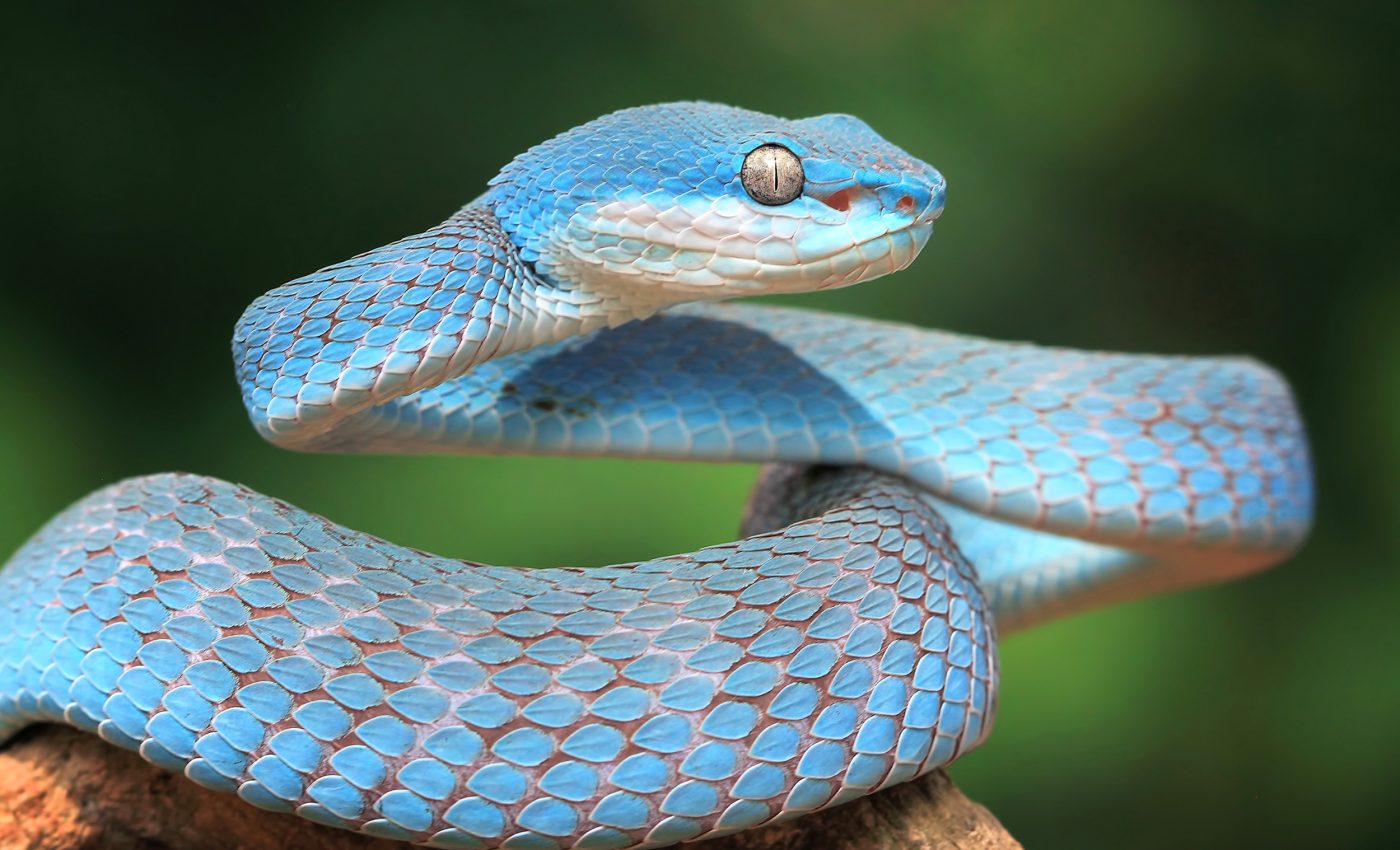
Outsmarting disease: Why snakes and other reptiles pee crystals
Every species has tricks that make survival possible. Reptiles, for example, handle waste like no other group. Instead of releasing liquid urine, they excrete solid white crystals. It’s not just strange – it’s smart. These crystals save water and trap toxins safely.
A recent study published in The Journal of the American Chemical Society reveals how this works. The findings even hint that the same chemistry might one day help humans avoid gout and kidney stones.
Reptiles save water
Reptiles live in hot, dry places where water is precious. They can’t afford to lose it through waste. So, they convert nitrogen compounds into solid urates instead of dissolving them in water.
These urates exit through a single opening called the cloaca. The result is a dry, chalky pellet rather than liquid urine. It’s a design built for deserts and forests alike.
Scientists examined over 20 reptile species, including boas and pythons, and found a repeating pattern. The waste wasn’t random dust. It was made of millions of tiny spheres, each built from uric acid nanocrystals.
Those spheres are nature’s solution for keeping reptiles hydrated while still clearing their systems of nitrogen.
Structure of reptile crystals
Ball pythons became the main model for this study. Their solid waste contained perfectly shaped microscopic balls between one and ten micrometers across.
Under strong microscopes, each ball revealed a tight network of nanocrystals stacked in delicate layers. The team confirmed the material was uric acid monohydrate, a form that appears both solid and reactive.
The surface of these crystals isn’t smooth. It’s active. It attracts ions like potassium, calcium, and magnesium. This means the same structure that removes nitrogen also balances salts.
The waste becomes more than disposal – it becomes part of the animal’s water and mineral control system.
Safe for snakes, risky for us
The chemistry that keeps reptiles alive causes pain in humans. Uric acid buildup leads to gout or kidney stones.
Reptiles don’t suffer these problems. Their bodies package uric acid neatly and push it out before it can cause harm.
“This research was really inspired by a desire to understand the ways reptiles are able to excrete this material safely, in the hopes it might inspire new approaches to disease prevention and treatment,” explained Jennifer Swift, who led the research.
Changing reptile crystals
Reptile urates don’t stay the same forever. Over time, the uric acid monohydrate crystals can change form. Heat, humidity, and time can turn them into new versions – uric acid dihydrate or even anhydrous uric acid.
These shifts help reptiles adjust to their environments. It’s chemistry responding to life’s conditions.
The adaptability also hints at how nature experiments with structure to keep organisms safe.
Crystals trap toxins
The research revealed one more secret: uric acid crystals can trap ammonia. Ammonia is highly toxic, especially for land animals with limited water.
In reptiles, uric acid reacts with ammonia to form ammonium urate, a solid compound that’s safe to store and release later.
In the lab, when researchers soaked the uric acid crystals in an ammonia solution, the same transformation happened. The crystals changed, locking the ammonia in place.
This natural chemical defense prevents damage inside the animal and saves it from dehydration. It’s not just waste removal – it’s detox in solid form.
Shared chemistry with humans
The findings connect reptile biology to human evolution. Millions of years ago, humans had an enzyme called uricase that broke down uric acid. Then evolution switched that gene off.
Some scientists believe it helped our ancestors store energy and resist oxidative stress. The new study adds another angle. Uric acid may once have helped manage ammonia levels in early mammals, similar to reptiles.
Even today, humans still carry traces of that chemistry. Understanding how reptiles manage uric acid safely could reveal why some people develop gout while others don’t.
Reptiles crystals inspire medicine
The study turns desert reptiles into teachers of biochemistry. It connects the elegance of evolution with the promise of medicine.
Snakes and lizards have learned to turn poison into harmless powder. Scientists are now trying to learn the same lesson.
What starts as reptile waste might end up shaping new ideas for human health. Sometimes, the key to solving a medical mystery is hidden in the quiet survival of a desert creature.
The research was supported by the National Science Foundation and Georgetown University.
The study is published in the Journal of the American Chemical Society.
—–
Like what you read? Subscribe to our newsletter for engaging articles, exclusive content, and the latest updates.
Check us out on EarthSnap, a free app brought to you by Eric Ralls and Earth.com.
—–













